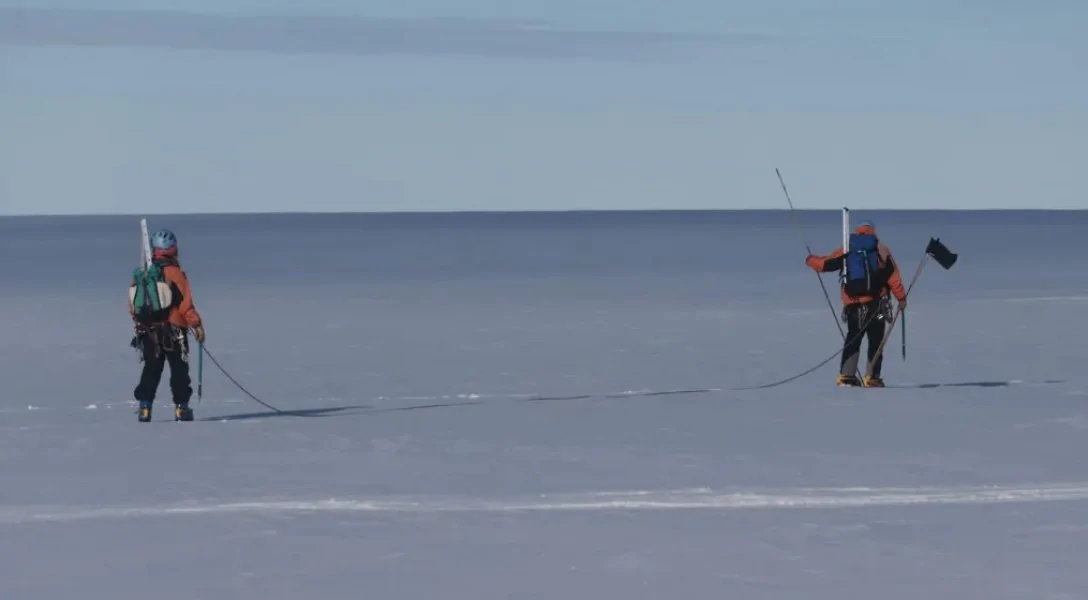
Antarctica is bursting at the seams: another giant iceberg broke away from the continent (photo)
Researchers say that the huge block of ice is the third large iceberg to break off in the last three years in this area of the continent.
In 2016, a huge crack was discovered on the Brant Ice Shelf in Antarctica – it was noticed on October 31, and therefore was immediately named the “Halloween Crack.” After that, in 2017, the British research station Halley was relocated to avoid possible trouble,writes BBC.
The British research station is located on top of the Bratna Ice Shelf, which is a floating ledge of glaciers that have flowed from the continent into the Weddell Sea. It is known that the leading edge of this shelf occasionally sheds icebergs, but today it is probably going through one of its most dynamic forms.
Researchers at the British Antarctic Survey (BAS) have discovered that another huge block of ice has recently broken off from the glacier, with an area of 380 square kilometers. This is significantly smaller than previous giant icebergs, but scientists note that this is the third large iceberg to break away from the glacier in the last three years.

Photo: BAS
In 2021, a 1300-square-kilometer iceberg called A74 broke off from the shelf glacier, and in 2023, the whole world watched another giant iceberg drift, with an area of 1500 square kilometers, called A81.
This time, scientists were warned about the formation of the iceberg thanks to two GPS devices installed on the glacier. According to glaciologist Dr. Oliver Marsh, these instruments are not particularly accurate, but they warn when something serious is happening on the glacier. The scientists monitored the instruments and saw the movement of several hundred meters within an hour, which is an indicator that the iceberg broke away from the glacier and set sail.

Photo: BASida
Later, the scientists studied satellite images confirming the GPS data, which showed that the iceberg was surrounded by seawater on all sides. Scientists fear that the loss of such a large amount of ice over the past three years could cause the shelf to accelerate its movement toward the sea. Historically, its flow rate was 400-800 meters per year, but today the shelf moves at a speed of about 1300 meters per year, which is much faster.
It should be noted that scientists name icebergs according to the US National Ice Center (USNIC) classification system, which divides the Antarctic into quadrants. The Brant Ice Shelf is located in the eastern part of the Weddell Sea and its icebergs are designated “A”. At the same time, a number such as 83 represents a number in a series of large icebergs in this sector. Researchers name only the largest icebergs because their size indicates that they need to be tracked.

